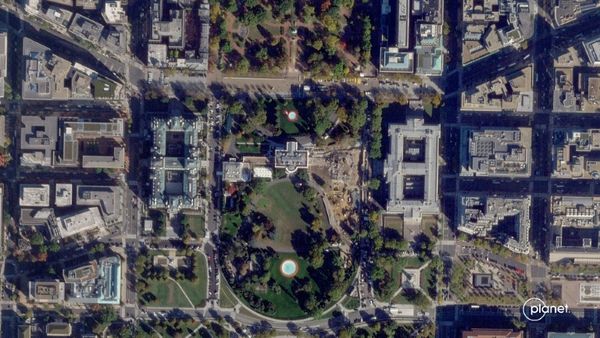
Residents of Omaha, Nebraska, jokingly claim their city has a forcefield called the Oma-dome protecting it from snowstorms. The Oma-dome was invoked last month after predicted snow again failed to appear.
Some of the Oma-dome legend is confirmation bias: every time forecast snow does not arrive, the story gets another boost. But there is something else happening too. Snowfall has been measured in the greater Omaha area since 1871, and the heaviest falls were all before 1966.
This looks like the heat-island effect. Urban areas are warmer than rural ones because concrete, brick and tarmac absorb and store heat from the sun more efficiently than natural materials. Omaha has a significant heat island, with one study finding temperature differences of up to 6C (10.8F). As well as affecting ground temperature, this warming can give rise to an atmospheric heat island, a mass (or perhaps dome) of warm air. The rising air may displace cold-air masses, or potential snow may fall as rain instead.
Such islands can mitigate winter chill in a beneficial way. A study in the West Midlands found the urban heat island reduced cold mortality by 15%. But the children of Omaha may grudge getting fewer “snow days” of school closure than friends elsewhere owing to the interference of the mysterious Oma-dome.







